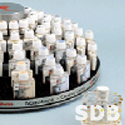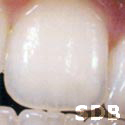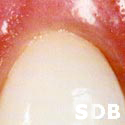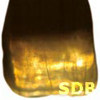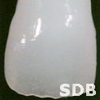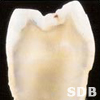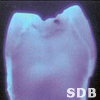 |
|









giving everyone simpler solutions for
A complete solution for ‘ above-the-gum’ esthetics
Easy Esthetics ™
language |
l |
THAI |
|
|
|
|
NobelRondo™ |
||||||
|
|
NobelRondo™ - Creative Circle is a dynamic color harmony system. |
||||||
|
|
NobelRondo™ - Ceramic Technology
|
||||||
|
|
NobelRondo™ - Opalescence |
||||||
|
|
NobelRondo™ - Fluorescence |
||||||
NobelRondo™ - Clinical Examples
|
|||||||
| Page 1 l 2 l 3 |
HOME
l SERVICE
l DENTISTS
l TECHNOLOGY
l FACILITIES
l ABOUT US
l SITE MAP
PROMOTION
l PRICE&DURATION
l CONSULTATION
l FAQ
l LINKS
l MAP
l TESTIMONIALS
l OUR LAB
AIR-FLOW
l DENTAL LASER SYSTEM
l ENDODONTIC EQUIPMENT
l DENTAL UNITS
l OPERATING LAMP
l WHITENING SYSTEM
DENTAL MICROSCOPES
l NOBEL GUIDE
l STERILIZATION ROOM
l X-RAY
l ELECTROSURGICAL SYSTEM
l MINIPIEZON
...............................................................................................................................................
MAKE SURE OF YOUR SMILE. Copyright© 2004 SILOM DENTAL BUILDING. All Rights Reserved.
Local Call : 0 2636 9092-5,
International Call : (+) 66 2636 9091, (+) 66 2636 9097
e-mail :
silomdental@silomdental.com

